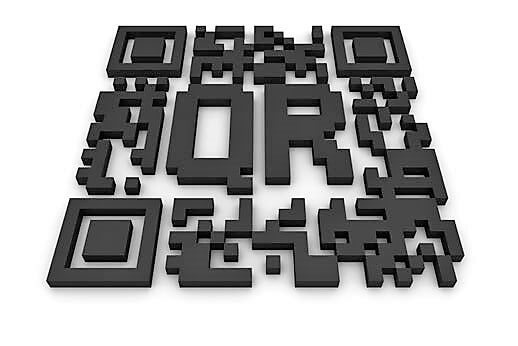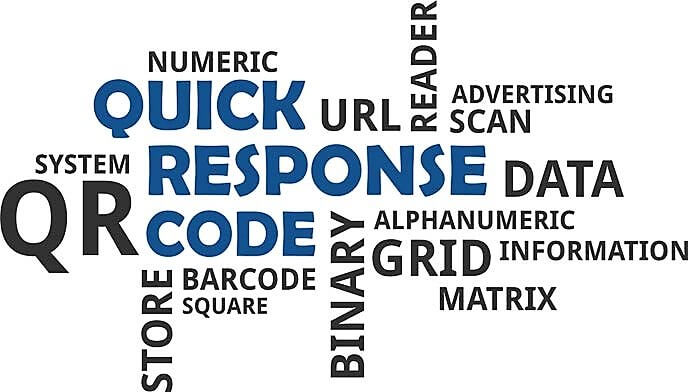
A QR code (an initialism for quick response code) is a type of matrix barcode (or two-dimensional barcode) invented in 1994 by the Japanese automotive company Denso Wave. A barcode is a machine-readable optical label that can contain information about the item to which it is attached.
The Quick Response system became popular outside the automotive industry due to its fast readability and greater storage capacity compared to standard barcodes.
Applications include product tracking, item identification, time tracking, document management, and general marketing.
A QR code consists of black squares arranged in a square grid on a white background, which can be read by an imaging device such as a camera, and then processed.

QR codes are now used in a much broader context, including both commercial tracking applications and convenience-oriented applications aimed at mobile-phone users.
QR codes may be used to:
- display text to the user
- open a webpage on the user's device
- add a vCard contact to the user's device
- connect to a wireless network
- compose an email or text message
- commercial tracking
- entertainment and transport ticketing
- product and loyalty marketing
- in-store product labeling
- restaurant ordering
- storing personal information for use by organizations
and many many more…

QR codes storing addresses and URLs may appear in magazines, on signs, on buses, on business cards, or on almost any object about which users might want information.
All one needs is a user with a camera phone equipped with the correct reader application that can scan the image of the QR code.
There are a great many QR code generators available as software or as online tools that are either free, or require a paid subscription.